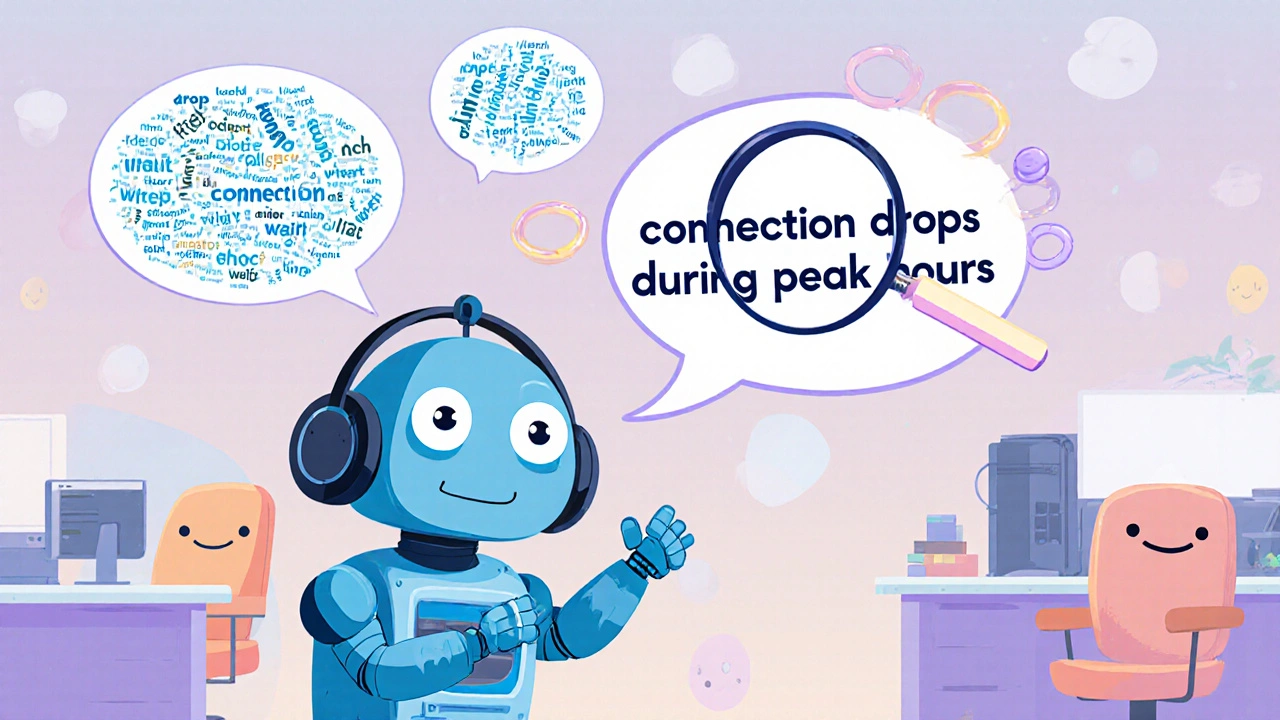VoIP Analytics: Measure Call Quality, Track Outcomes, and Optimize Performance
When you use Voice over IP, a technology that sends voice calls over the internet instead of traditional phone lines. Also known as IP telephony, it gives you control over every call—but only if you know how to measure it. VoIP analytics, the practice of collecting and interpreting data from voice calls to improve business outcomes turns guesswork into action. Without it, you’re flying blind: you might think your team is doing great, but are calls really ending well? Are customers hanging up early? Is audio quality dropping during peak hours?
VoIP analytics isn’t just about numbers—it’s about understanding what those numbers mean for your team, your customers, and your bottom line. For example, call tagging, the process of labeling calls with outcomes like "Sale Closed," "Follow Up Needed," or "Complaint Raised" helps sales and support teams spot patterns. If 60% of calls tagged as "Complaint Raised" happen between 2–4 PM, maybe your staff is overwhelmed then. Average call duration, the typical length of a customer conversation, excluding hold time or after-call work tells you if agents are resolving issues fast—or dragging out calls. And when audio sounds fuzzy or choppy, MOS and PESQ, industry-standard metrics that score voice quality on a scale from 1 to 5 give you hard data to prove whether your network, codec, or bandwidth is the culprit. These aren’t theoretical concepts—they’re tools used daily by call centers, remote teams, and even churches tracking donations through VoIP systems.
You don’t need a fancy enterprise system to start using VoIP analytics. Many of the tools mentioned in the posts below—like call tagging in cloud platforms, setting up recording for compliance, or adjusting packetization intervals to reduce lag—are simple to implement and cost little to nothing. Whether you’re trying to reduce toll fraud by limiting admin access, improve headset performance with DECT over Bluetooth, or figure out why your calls sound too quiet on iPhones, the answers are hidden in your call data. The posts here give you real, step-by-step ways to uncover those answers. You’ll find practical guides on measuring call length, fixing audio issues, choosing the right codecs, and using analytics to make smarter decisions—not just for big companies, but for small teams, schools, and remote workers too. What you learn here won’t just help you understand your calls—it’ll help you make them better.


